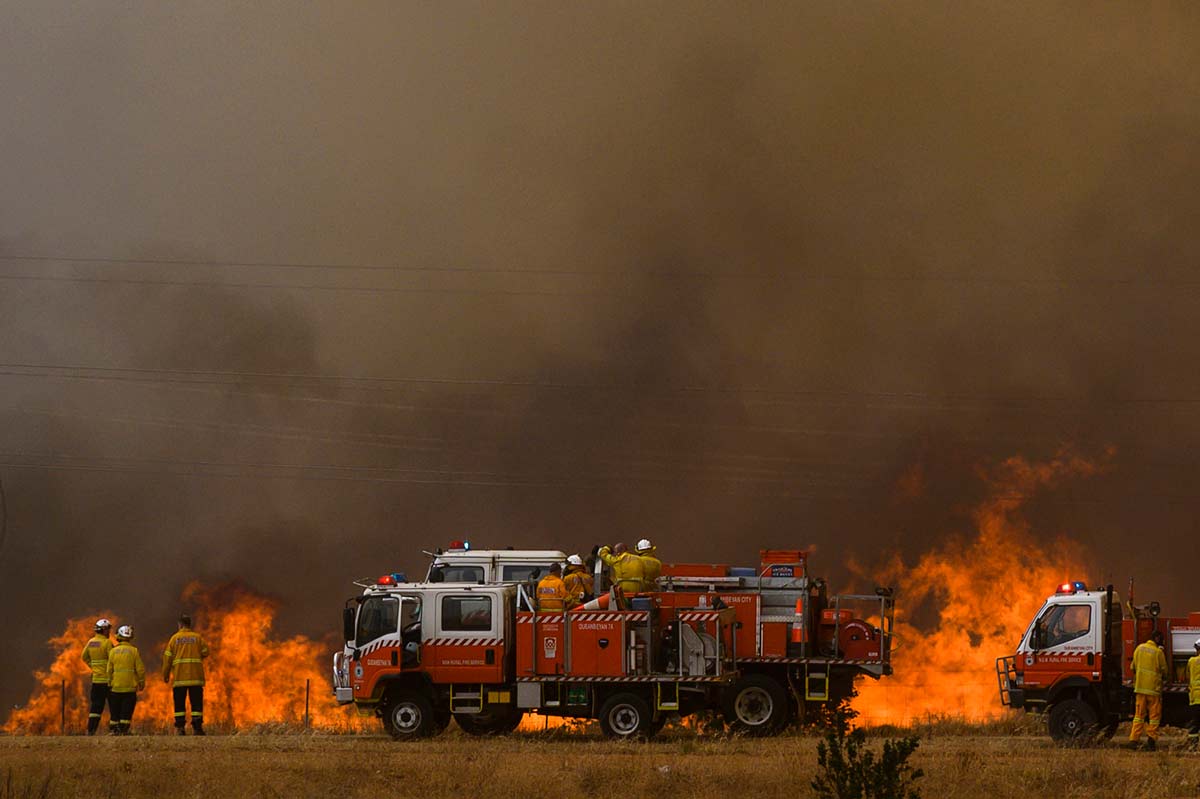Bushfires have always been a part of life on the Australian continent. But as Australia experiences hotter and drier summers – a strong indicator of climate change – they are becoming more widespread and more destructive. The fire truck is a powerful symbol of Australia’s changing environment.
More on fire in Australia
Stories of profound change from the 2019–20 bushfires and Covid-19.
The 2009 Victorian bushfires resulted in the greatest loss of life from fire since colonisation.
Bushfires killed four people and destroyed 500 homes in the national capital in 2003.
European settlers in Victoria faced their first catastrophic bushfires in 1851.
History of fire in Australia
Fire has shaped Australia for thousands of years and our relationship with it continues to evolve. First Nations people have used fire as a land management tool for tens of thousands of years. Much of the vegetation in this country has evolved to survive and thrive with frequent exposure to fire.
Across Australia, as British colonists secured control over land, the long tradition of strategic burning came to an end. Colonists learned to fear the destructive force of bushfires as intense and sometimes catastrophic bushfires became increasingly common across the continent. The 2019–20 bushfire season was the longest and most intense since records began.
Fire trucks of all shapes and sizes, their sirens blaring as they race to tackle blazes, are a common sight in urban and rural areas. Fire trucks represent many things: fear, bravery, resilience, hope. For small children, they are a source of excitement and interest. For adults, they can bring relief, but they can also cause worry – all too often a fire truck means danger is close by.
The Museum's new gallery of environmental history will consider how, in a warming world, the ever increasing risk of catastrophic fire is sparking a revival of First Nations fire practices.
In our collection




